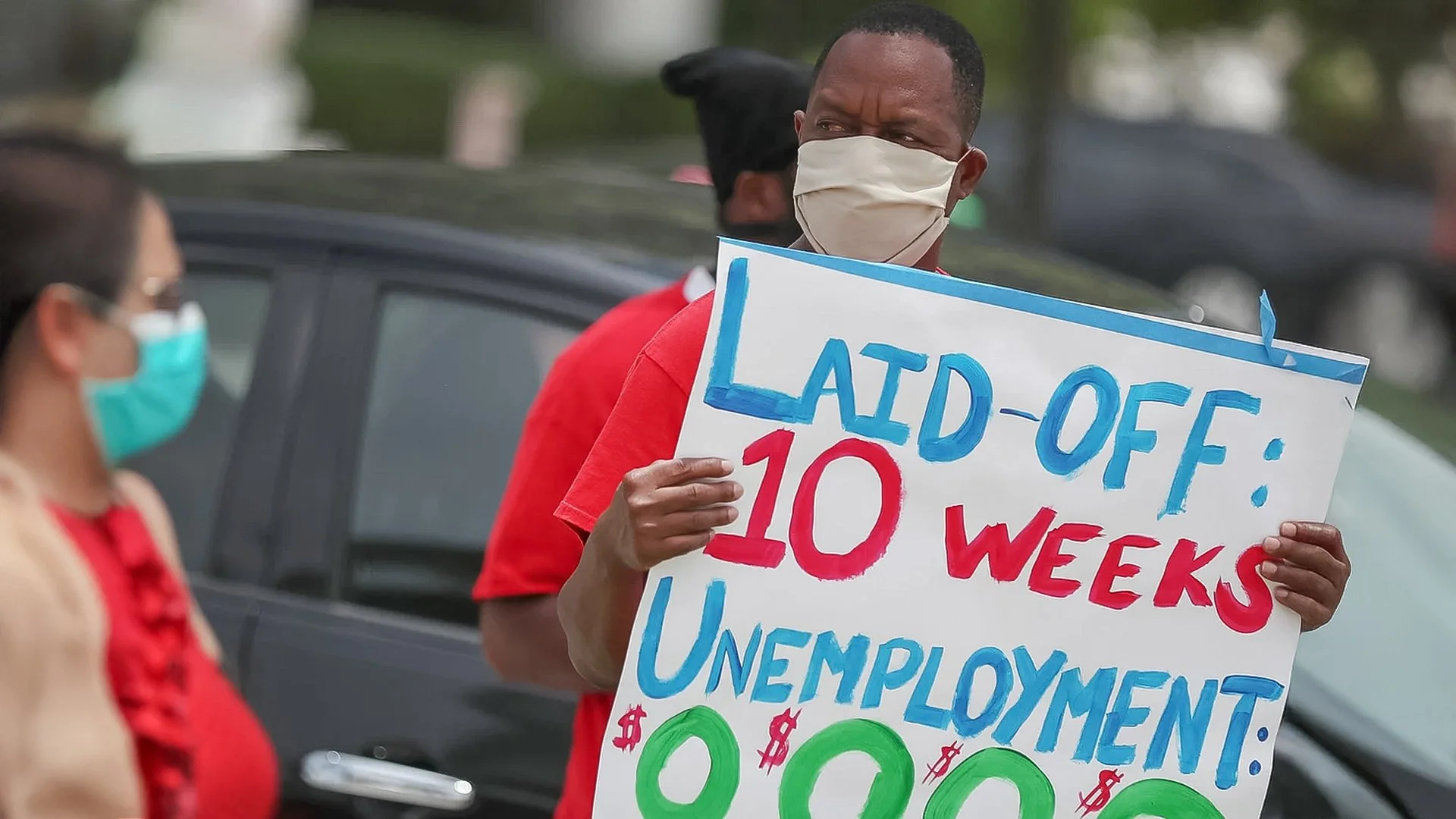U.S. Unemployment Rate Holds Steady at 4.2 Percent in August
Stability on the Surface but Quiet Risks Beneath
The Bureau of Labor Statistics released its latest unemployment figures in September, showing that the U.S. unemployment rate held steady at 4.2% in August, matching market forecasts. While the figure came in exactly as expected, it did inch higher than July’s 4.1%, hinting at early signs of labor market cooling.
For traders and policymakers, the release was neither a shock nor a relief. Instead, it was a balancing act: stability compared to forecasts, but with subtle cracks beginning to show. That mix is often where markets become most sensitive.
Actual: 4.2%
Forecast: 4.2%
Previous: 4.1%

Why This Rate Still Moves Markets
The unemployment rate is more than a headline number—it’s a pulse check on economic health. A low and stable rate signals resilience in hiring and consumer spending, which powers the majority of U.S. GDP. But even a small tick upward can ripple through markets, shifting expectations for monetary policy and investor sentiment.
While unemployment is often called a “lagging indicator,” it remains vital for the Federal Reserve. A stable but slightly higher jobless rate may indicate that inflationary heat is cooling, giving the Fed breathing room. At the same time, if unemployment edges higher too quickly, it could spark concerns about stalling growth.
Dollar Reaction Stability with a Side of Caution
For forex traders, the rule of thumb is clear:
Actual < Forecast = Good for USD
Actual > Forecast = Bad for USD
Since August’s unemployment rate landed exactly at the forecast of 4.2%, the U.S. Dollar (USD) stayed steady with limited movement. Pairs like EUR/USD and GBP/USD barely budged, while USD/JPY remained subdued.
Still, the uptick from 4.1% in July injected caution into trading desks. Many traders are asking whether this marks the start of a trend rather than a one-off shift. In forex, sometimes the absence of surprise is itself a signal: the market holds steady, but attention sharpens on what comes next.
Breaking Down the Trend
Previous (4.1%) – July showed stronger hiring resilience.
Forecast (4.2%) – Analysts expected a modest softening.
Actual (4.2%) – Expectations confirmed, but momentum is cooling.
Think of it like expecting your commute to take five minutes longer—and it does. No surprise, no disaster, but still a reminder that delays are creeping in.
What Global Traders Are Watching Next
The U.S. labor market’s health echoes far beyond its borders:
Households: A steady jobless rate supports consumer spending, though high living costs remain a squeeze.
Businesses: Rising unemployment may ease wage pressure but could also signal weaker demand.
Global traders: The U.S. jobless rate influences commodities, equities, and currencies worldwide. Stability at 4.2% suggests a “soft landing” for now, but the risks of slowing growth are real.
Scenarios to Keep on the Radar
Short-term: Limited USD volatility unless paired with surprising inflation or payroll data.
Medium-term: A creep higher in unemployment may encourage more dovish Fed language.
Long-term: If the rate stabilizes around 4.2%, markets may price in a soft landing. But a steady climb could sour global risk sentiment heading into 2026.
The Bigger Picture for Market Strategy
August’s unemployment release wasn’t flashy, but its quiet steadiness spoke volumes. The labor market is no longer in overdrive, yet it hasn’t slammed on the brakes either. For forex traders, that balance is both an opportunity and a warning: labor market data isn’t just a lagging signal, it’s a clue to where consumer demand, inflation, and policy may head next.
At GME Academy (Global Markets Eruditio), we teach traders to see beyond the surface of economic releases. Connecting unemployment reports with broader market dynamics turns uncertainty into actionable insights.
Want to master how to trade smarter around labor data like unemployment? Join our free workshop today — seats are limited, reserve your spot now.

